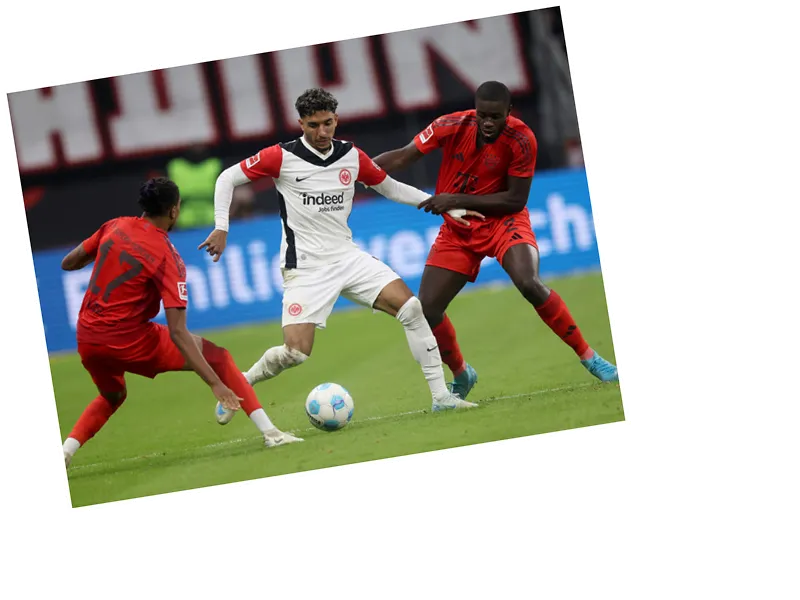In a revealing interview, a former water polo player reflects on his illustrious career spanning nearly five decades, highlighting the evolution of the sport and the strategies that shaped his success. The player, who was a defender yet became the top scorer for the national team during the 1972 Olympics, emphasizes the importance of fulfilling one's role in the game over merely scoring goals. His tactical approach involved maintaining a defensive position close to the opponent's central striker, allowing for clean plays that facilitated counterattacks, a strategy that is only recently being adopted by top teams worldwide.
The player also discusses the challenges faced by his team during the Montreal Olympics in 1976, attributing their defeat to a lack of focus and the distractions they encountered in Canada. He recalls a significant injury he sustained during a friendly match just days before the Games, which hindered his performance.
Reflecting on the training methods of his generation, he recalls the rigorous practices that built a strong foundation for their skills, contrasting them with today’s training regimes. The interview further touches on the camaraderie and competitive spirit that defined his era, as well as the impact of significant events like the disqualification of the team before the 1964 Tokyo Olympics, which forced them to rebuild with younger players.
In conclusion, the former athlete shares personal anecdotes about his life beyond water polo, including his relationship with Mikhail Sholokhov's granddaughter, underscoring the deep connections formed through shared experiences in sports and life.
- The interview provides a unique insight into the world of water polo during the 1970s, a time when the sport was evolving rapidly. The former player’s reflections on the tactical changes in water polo reveal how the game has shifted from a physically aggressive style to a more strategic approach focused on skill and teamwork. He highlights the importance of technique, particularly in throwing, which was a critical factor in his scoring success. The discussion also touches upon the broader cultural context of post-war sports in the Soviet Union, where athletes were often seen as symbols of national pride and resilience. Moreover, the player’s recounting of personal challenges, including injuries and the pressures of competition, adds a layer of depth to his narrative, showcasing the dedication required to excel in such a demanding sport.






